Customer Support
We're here to help! Email us anytime at support@wildlifethreads.com
Customer Support
We're here to help! Email us anytime at support@wildlifethreads.com
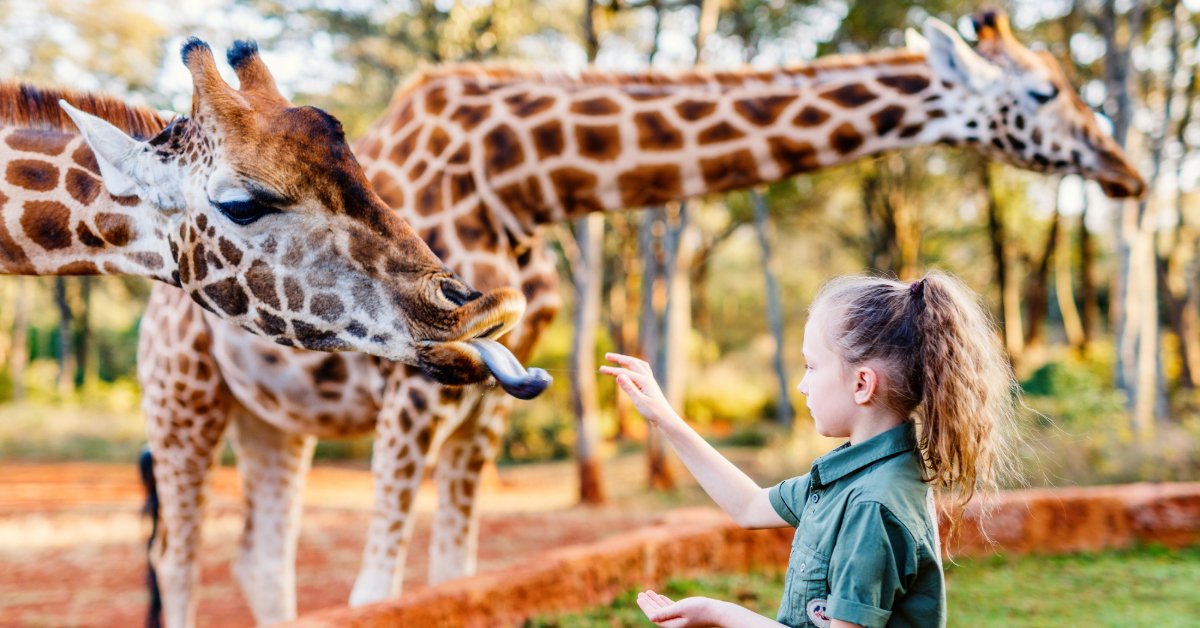
Zoos have long been a source of fascination, education, and entertainment for people worldwide. But behind the glass enclosures and carefully manicured exhibits lies a deeper question: Are zoos necessary for wildlife conservation, or are they outdated institutions that do more harm than good? The debate over the role of zoos in preserving species and educating the public is complex, with passionate arguments on both sides. This article dives into the debate, exploring whether zoos are helping or hindering wildlife conservation.
One of the primary arguments in favor of zoos is their role in protecting endangered species. With habitat destruction, poaching, and climate change driving many species to the brink of extinction, zoos have positioned themselves as sanctuaries where animals can be kept safe from external threats. Through captive breeding programs, zoos have successfully reintroduced species into the wild, saving them from disappearing altogether.
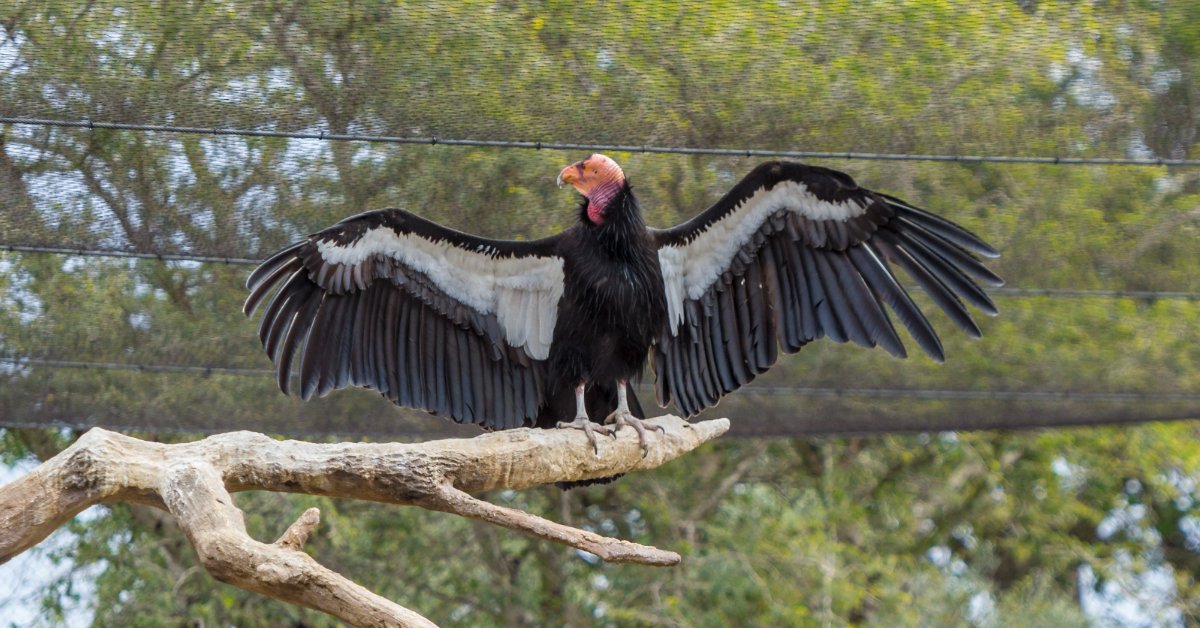
California Condor at zoo
For instance, the California condor—once reduced to just 27 individuals—was brought back from the edge of extinction through captive breeding programs in zoos. Similarly, the Arabian oryx, extinct in the wild by the 1970s, was successfully reintroduced thanks to global zoo breeding initiatives. These success stories illustrate the potential of zoos to preserve biodiversity.
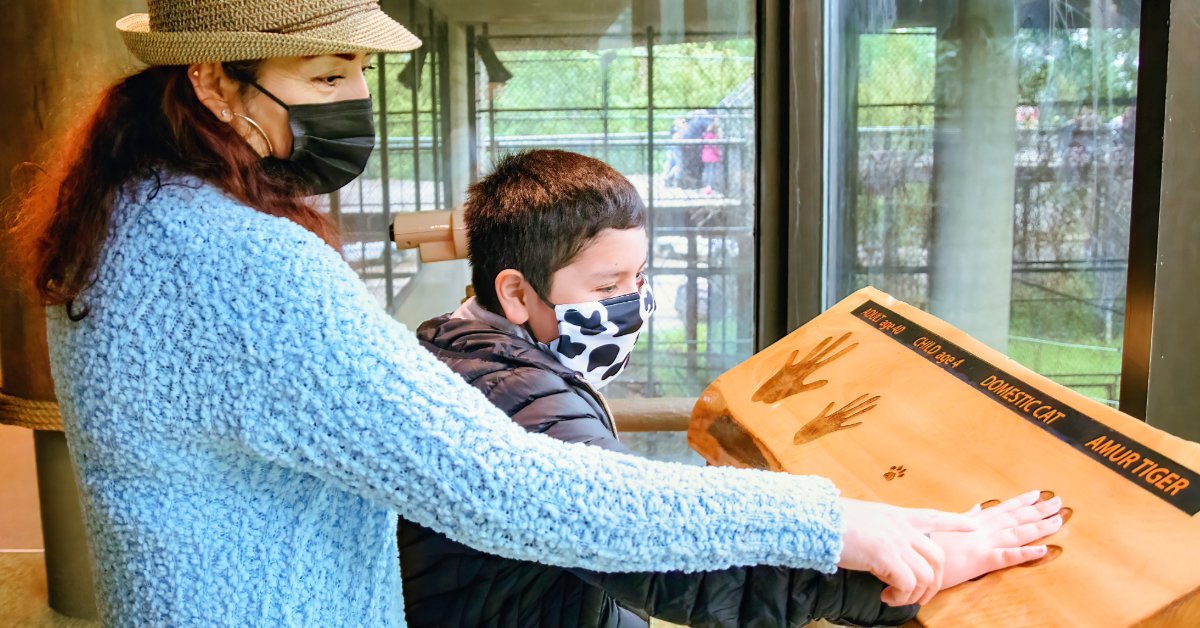
Family learning at zoo
Another critical role zoos play is education. By showcasing exotic and endangered species, zoos offer a unique opportunity for the public to learn about wildlife and the importance of conservation efforts. Many zoos invest heavily in educational programs designed to inspire visitors, especially children, to become future advocates for the environment.
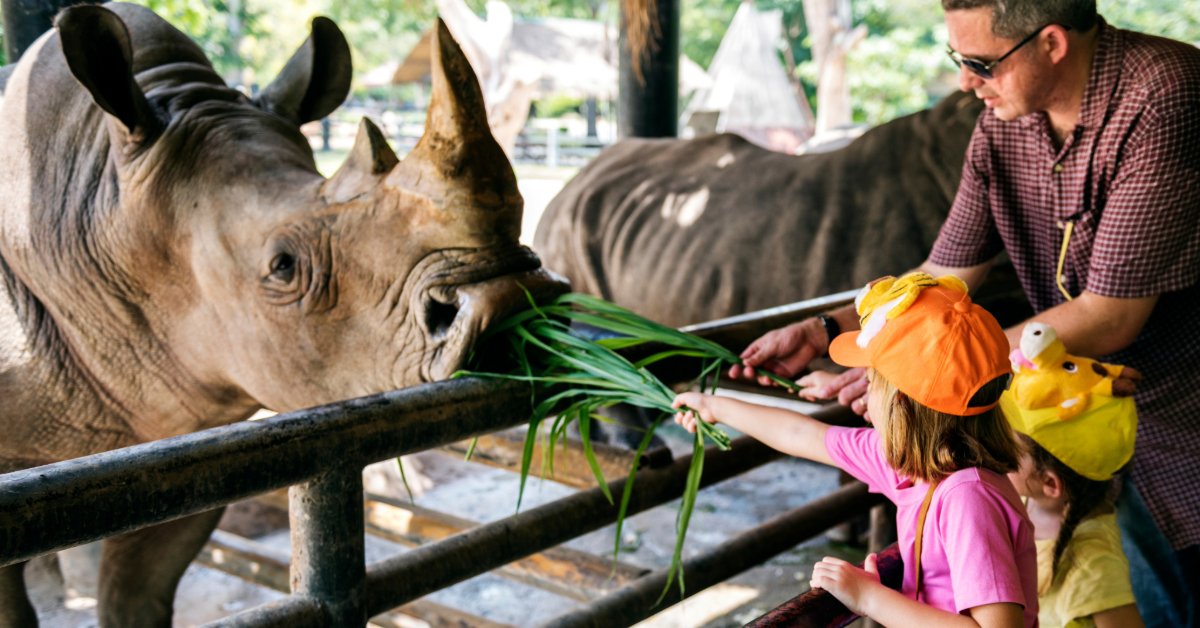
Family feeding rhinoceros at zoo
Zoos act as living classrooms, giving people an opportunity to connect with animals they might never encounter in the wild. Supporters argue that this personal connection can foster a deeper understanding of conservation needs. When visitors see the majesty of a lion or the playfulness of an elephant, they may be more likely to support conservation initiatives that help these species thrive in their natural habitats.
Breeding programs are often touted as one of the most critical roles zoos play in conservation. These programs involve the careful management of genetic diversity within endangered species populations. Zoos around the world collaborate on breeding initiatives to ensure species at risk have a better chance of survival.
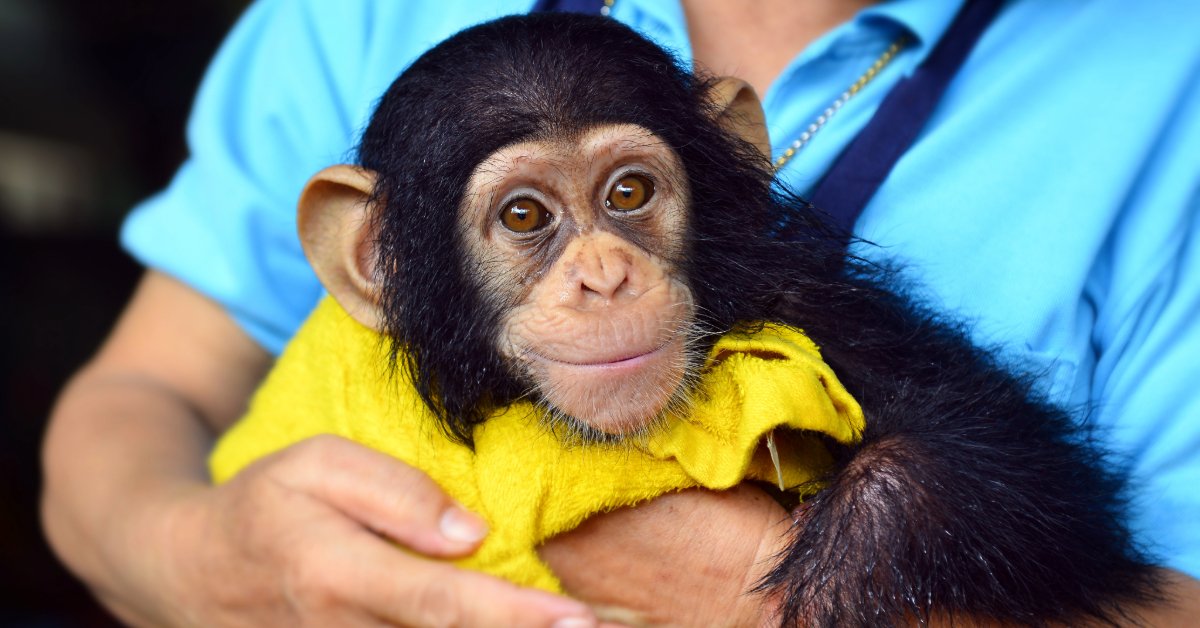
Baby chimpanzee cared for at zoo
For example, the European Endangered Species Programme coordinates the breeding of endangered animals across many zoos to ensure that genetic diversity is maintained. This prevents inbreeding, weakening populations, and increases the likelihood of successful reintroducing into the wild.
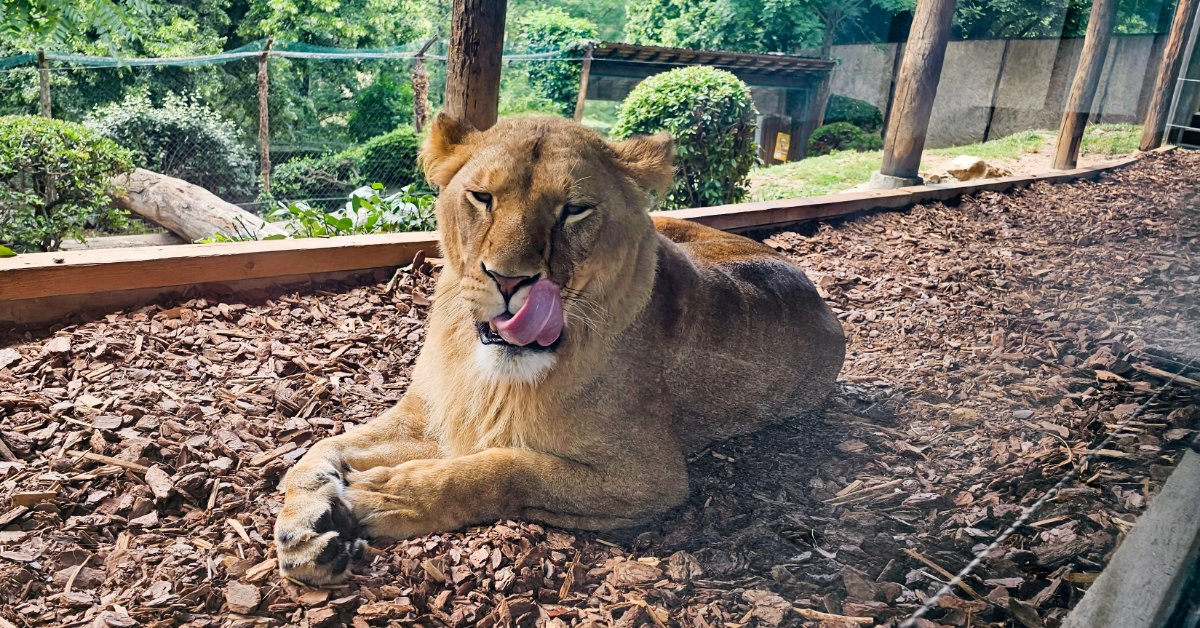
Captive lioness in small enclosure
Despite the conservation work done by many zoos, critics argue that the welfare of individual animals is often compromised. Wild animals, accustomed to roaming vast territories, are kept in enclosures that, no matter how naturalistic, are far smaller than their natural habitats. These limitations can lead to zoochosis, a psychological condition where animals exhibit repetitive, stress-induced behaviors such as pacing or self-harm. Elephants, for instance, are known to suffer in captivity due to their need for large spaces and complex social structures.
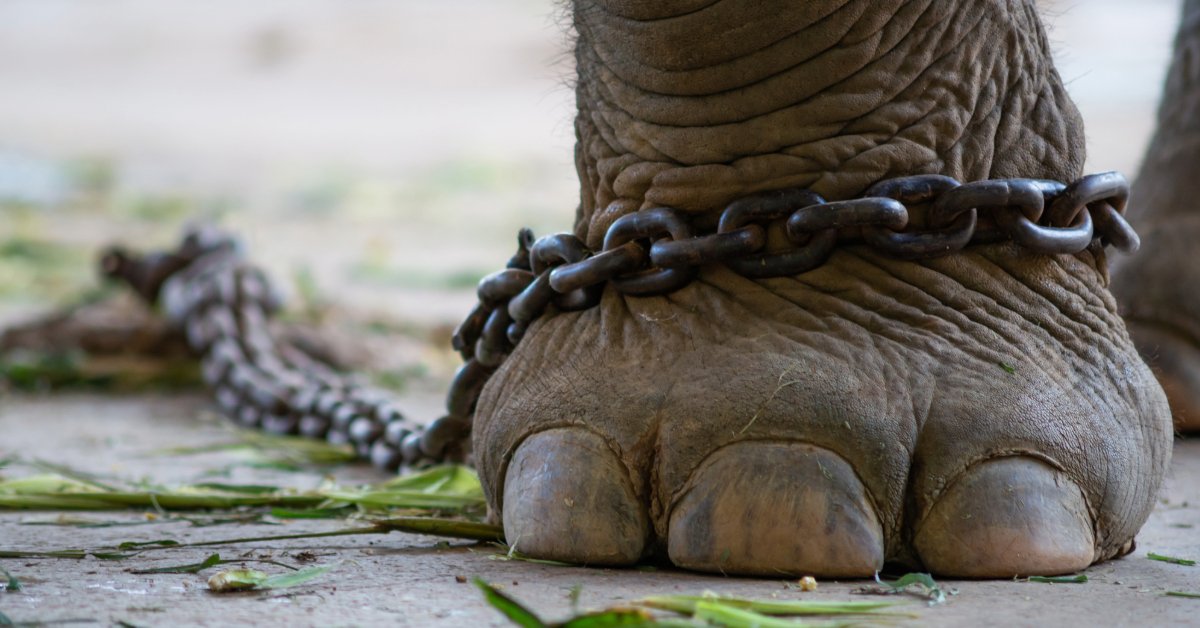
Elephant’s foot chained
While modern zoos are working to improve the living conditions of their animals, critics contend that captivity will never fully meet the physical and psychological needs of wild animals. Even when enclosures are designed to resemble natural habitats, the artificial setting can cause stress, limiting natural behaviors like hunting, migrating, and social bonding.
Ethically, the concept of keeping wild animals in captivity for human entertainment is increasingly questioned. Many believe animals, particularly those not at immediate risk of extinction, should live in their natural habitats rather than behind glass walls. While zoos may argue that they serve an educational purpose, critics highlight that only a tiny percentage of zoo animals are part of active conservation efforts.
Some opponents also point to the commercial aspects of zoos, where profit and entertainment often take precedence over genuine conservation. The focus on exotic and charismatic animals like big cats or gorillas may overshadow the less “marketable” species in desperate need of conservation support.
Another criticism is that zoos, while beneficial in isolated cases, make little impact on broader conservation efforts. Zoos can only house a small fraction of the world’s endangered species, and some argue that resources might be better spent protecting natural habitats and addressing the root causes of species decline, such as deforestation, illegal wildlife trade, and climate change.
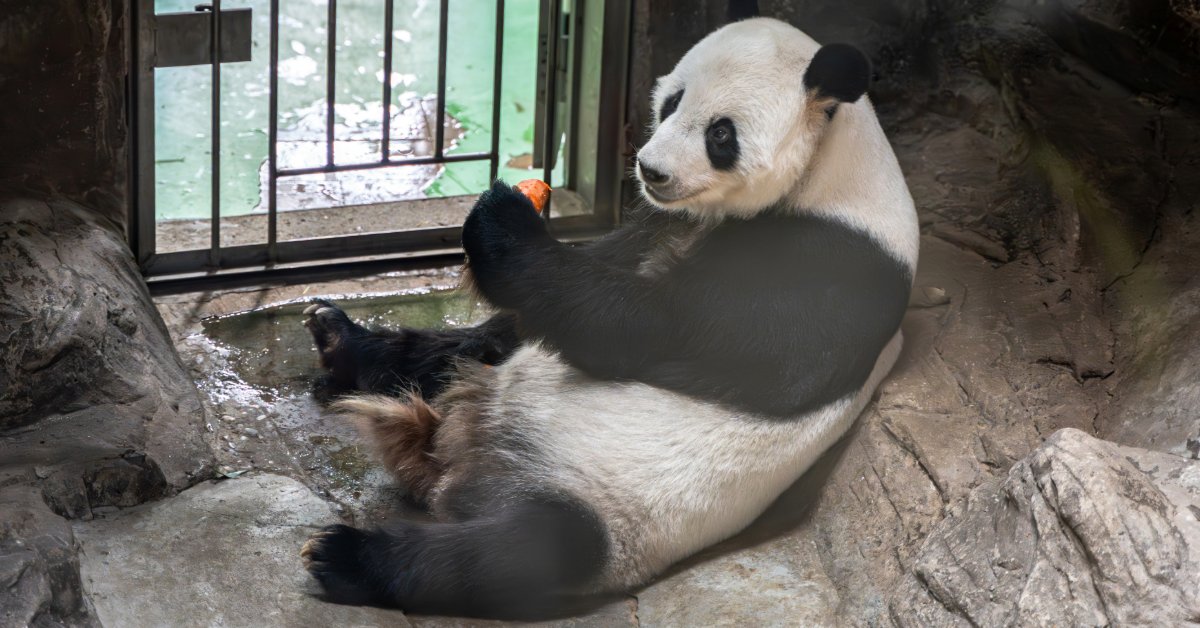
Panda captive in small enclosure
The survival of species like the giant panda or gorillas often requires large-scale habitat protection efforts that zoos alone cannot address. Critics suggest that funding and attention should be redirected toward in-situ conservation efforts—those that protect animals in their natural environments—rather than on expanding zoo collections.
While the ethical debate continues, it’s important to recognize that zoos have played a vital role in remarkable conservation successes. The recovery of species like the California condor and Arabian oryx wouldn’t have been possible without zoos’ intervention. These species’ survival stories are beacons of hope, illustrating that well-managed captive breeding can bring species back from the brink of extinction.
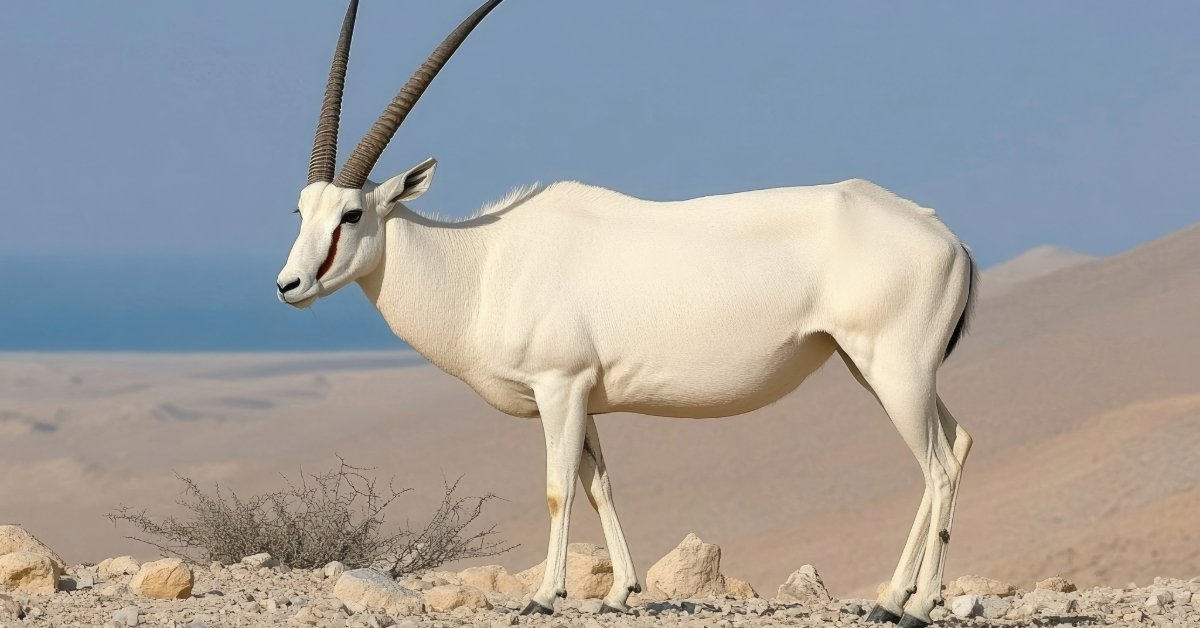
Arabian oryx
Zoos like San Diego Zoo and Chester Zoo have gained international recognition for their commitment to conservation, research, and education. These institutions don’t just display animals; they actively participate in field conservation efforts, contribute funding to wildlife reserves, and engage the public in global conservation issues.
In response to the growing concerns over animal welfare, many zoos have transformed their approach, focusing on creating more natural, expansive habitats and prioritizing animal well-being. Some have evolved into wildlife sanctuaries, where animals are no longer bred for display but are instead rescued or rehabilitated. Sanctuaries differ from traditional zoos in that they often aim to provide more ethical, open spaces for animals to live in peace without the expectation of public exhibition.
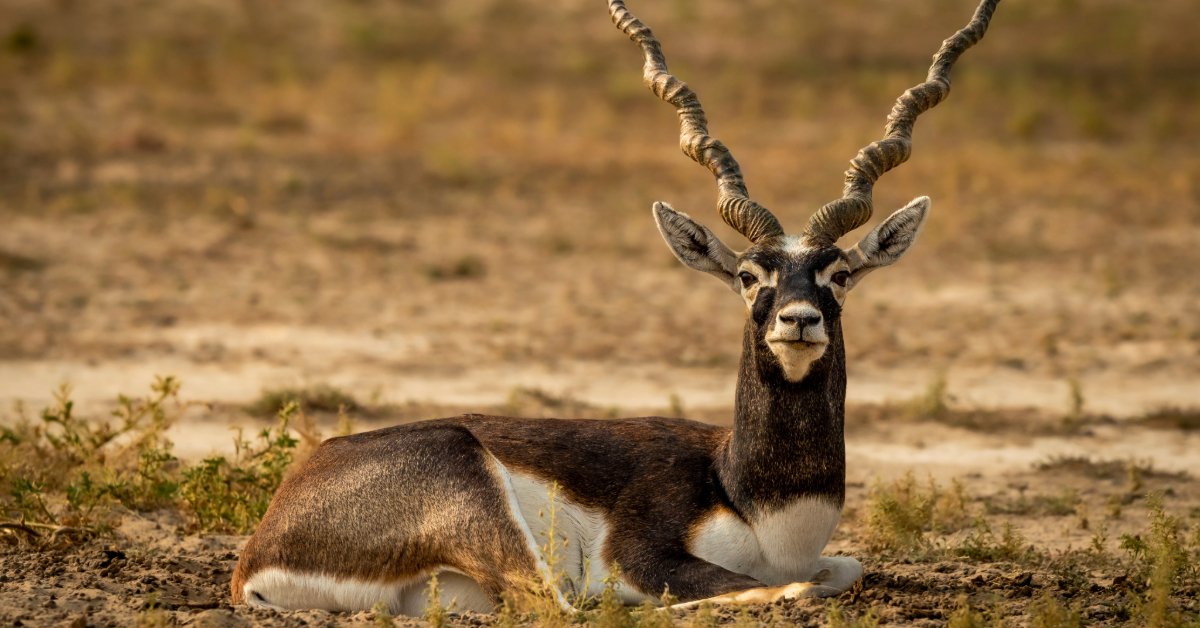
Male blackbuck
The future of zoos may lie in this middle ground—shifting from entertainment to genuine conservation hubs that work closely with sanctuaries and field projects to protect animals in the wild while ensuring that captive animals live in the most humane conditions possible.
The debate over the necessity of zoos will continue as long as animals are kept in captivity. While zoos have undoubtedly contributed to wildlife conservation through education and breeding programs, the ethical questions surrounding animal welfare are hard to ignore. The challenge moving forward will be to find ways to support conservation efforts that prioritize the well-being of animals—whether through improved zoo standards, wildlife sanctuaries, or direct conservation in natural habitats.
Ultimately, the future of zoos depends on how they adapt to growing public concerns. If zoos continue evolving into ethical, conservation-driven institutions, they may still have a vital role in protecting the world’s most endangered species.
Discover art that speaks to you. Click on a category below to explore our curated collections on our Etsy store.